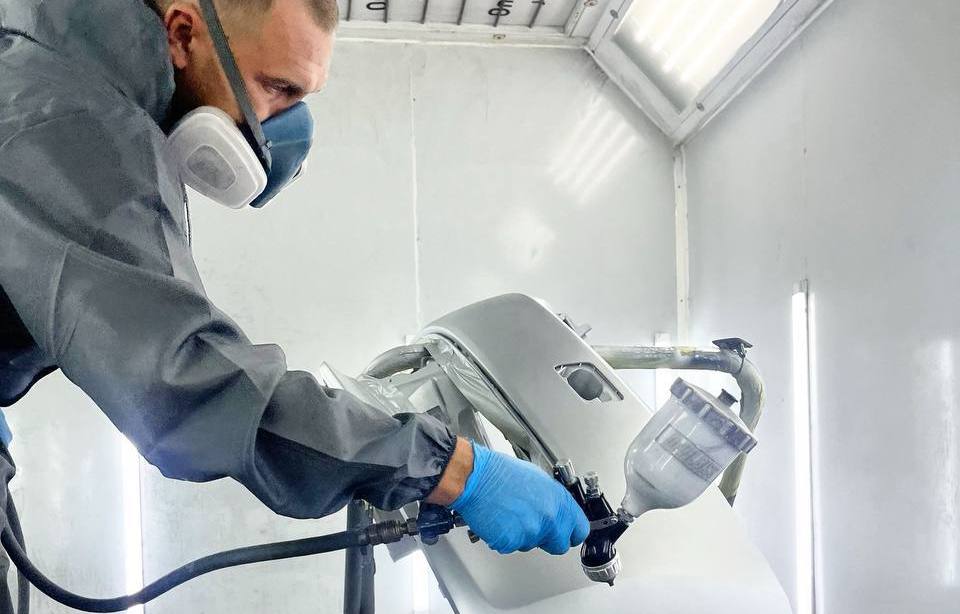A variator is a device that is used in vehicles to change the gear ratio between the engine and the wheels. It is a mechanism that allows the car to operate in a wide range of speeds without the need to change gears. Despite their effectiveness, CVTs are often subject to breakdowns that require immediate repair. A feature of the variator is the ability to smoothly change the gear ratio, which provides a smoother and more economical movement on the road.
However, like any other part of the car, the variator can fail. The main breakdowns of the variator are:
- Belt wear is the most common problem that occurs due to improper use of the vehicle or its operation under heavy loads. Belt wear can result in reduced engine power and uneven vehicle movement.
- Overheating – The CVT can overheat due to lack of oil, causing damage to the metal parts of the CVT. This problem may occur due to improper maintenance of the vehicle or due to operation in a high temperature environment.
- Electronic Component Failure – A CVT can fail due to failure of electronic components such as solenoids, sensors, or controller. This problem may occur due to mechanical damage or due to prolonged use of the vehicle.
The main symptoms of a variator malfunction are:
- Extraneous hum – this may be a sound that occurs due to belt wear or damage to the metal parts of the variator.
- Uncertain acceleration – this can occur due to a decrease in engine power or due to uneven movement of the car.
- Jerky Rhythm – This can be a sound that occurs when the car is accelerating or decelerating. This sound indicates uneven movement of the car.
- Brain Failure – This can occur due to a failure in the electronic components of the CVT, which can lead to failure of transmission control and lead to a complete stop of the car.
If there are problems with the variator, it is necessary to contact specialists for professional repair. CVT repairs must be carried out by qualified technicians using original parts to ensure quality work.
The first step in finding problems with the CVT is to diagnose the problem to determine the source of the problem. After diagnosis, repairs should be carried out, which may include replacing worn parts, cleaning and changing the variator oil, and a thorough check of all electronic components.
If the problem with the variator is due to belt wear, then it should be replaced. The belt should not be sent to a landfill, as this can lead to a repeated breakdown of the variator in the future. It is necessary to purchase a new belt of the original brand and install it on the car.
In general, in order to avoid problems with the CVT, it is necessary to monitor the correct use of the car and perform regular maintenance. This will help extend the life of the variator and avoid trouble on the road.
In conclusion, the variator is an important element of the car, which provides a smooth and economical movement. However, like any other part of the car, the variator can fail. If you notice abnormal sounds or other signs of a variator malfunction, contact a qualified technician to repair it. Repair of the variator must be carried out using original spare parts to guarantee the quality of work and extend its service life.




































 Request a Call
Request a Call  Plot Route
Plot Route  Reviews on Google
Reviews on Google 
